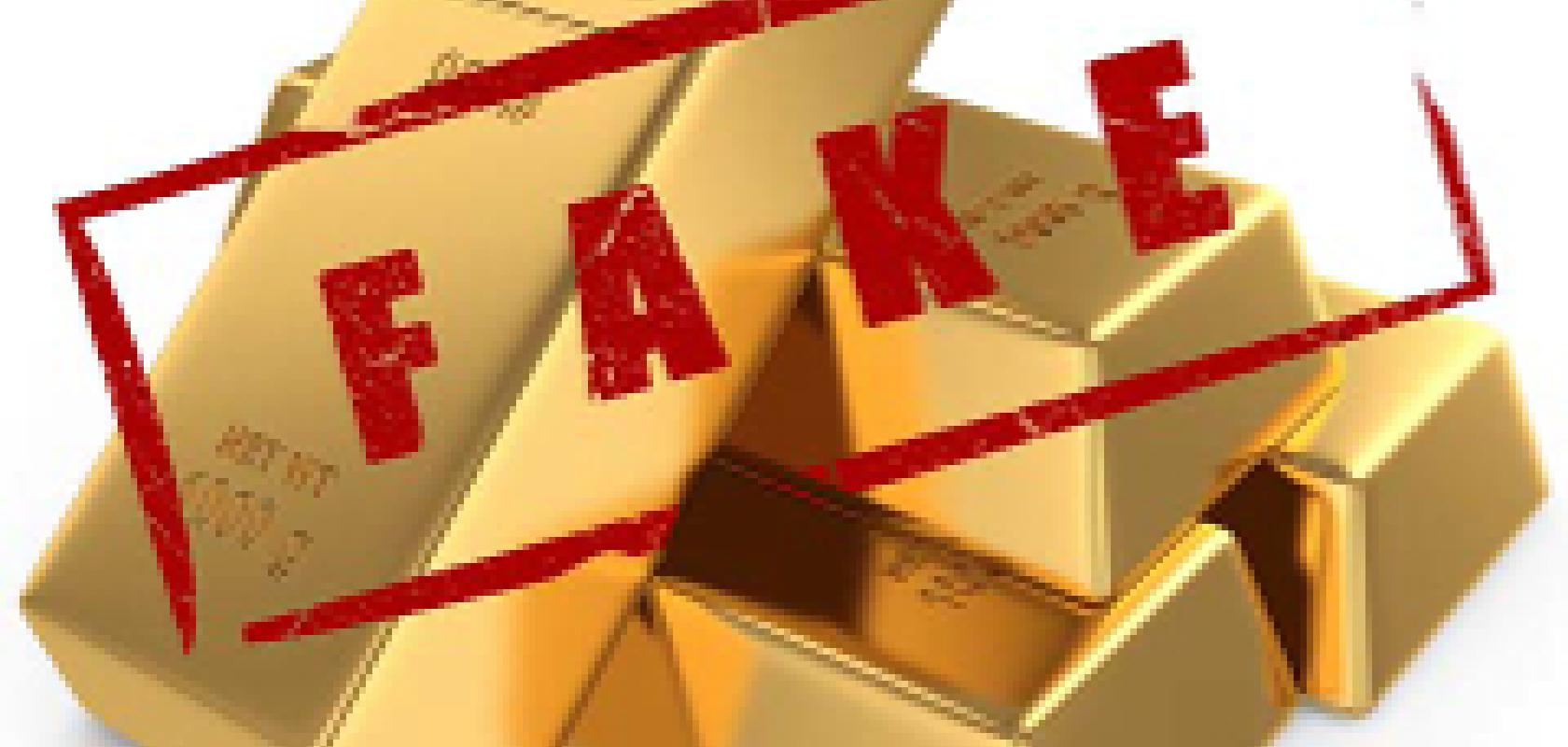The arms race of counterfeit and anti-counterfeit technology is as old as the commercial world itself, but lasers may have finally delivered a way to defeat the organised crime that profits so much from fake versions of the products people crave so much.
‘We operate at two extremes; either very high value – an example would be gold bars or expensive art works – or the very, very high volume like cigarettes and alcohol,’ explains Andrew Gilbert. He is business development director of Ingenia Technology, which provides the anti-counterfeit laser technology. Ingenia’s weapon against the counterfeiters is called Laser Surface Authentication (LSA). It analyses the surface structure of a product to develop a unique individual code. The fragrance and cosmetic industries are particularly targeted by counterfeiters. Gilbert explains that these products are geographically priced. Sold to the Far East, they are sold back to Europe through illegal trading on the internet or through non-authorised retailers. ‘We operate in those markets as that is where most of the illicit trade takes place. Counterfeiters want high volume or high value to market,’ adds Gilbert.
To illustrate the costs to industry of counterfeit goods, Gilbert points to the packaging element of pharmaceutical industry being worth, worldwide, ‘about $78 billion’. His company also provides its solution for passports, identification cards, and government documents.
‘The way LSA works is we use a 3mW laser red laser, visible, 635nm. There is nothing special about the laser, but what we do is we shine it on to the material at 3mm distance and look at scattered and reflected light,’ explains Gilbert. ‘It’s all about the natural randomness of the surface. It’s all types of materials from paper and plastics and metals to ceramics and glass and other materials’.
However, Ingenia’s technology can’t scan a mirror because there is no scattering; the light is reflected straight back into the laser. ‘Anything very shiny is difficult,’ says Gilbert. The other ends of the spectrum are equally challenging. ‘Anything that is extremely black and shiny is also difficult. Transparent is also difficult because there is no reflectance,’ says Gilbert.
His company’s product uses Ingenia’s scan head, and has three lasers and a pair of detectors for each laser. These photo resisters are positioned at 45 degrees to the surface that detect the reflected laser light as its scans the product and looks at the light’s intensity. Ingenia supplies a static scanning head that sits over the top of a conveyer and the product moves underneath. The latest generation of this type of scanner can scan 50 items per second. ‘Typically, we’ll scan a length of 50mm and we’ll take scan data from the surface every 15µm so we build up a lot of scan data. It depends on the size of the object, but because ultimately we use algorithms to process that data from the reflected info and we end up with a binary code,’ says Gilbert.
At a microscopic level, when the light is shined on to a surface its reflections will bounce off in different directions and these patterns can be coded. That code becomes the signature for that surface and that binary code ends up being 300 bytes of information. This allows Ingenia to put large numbers of these codes into databases without the need for powerful computers. ‘More importantly, it makes it easy to search that data very quickly, and if you’re trying to find one box of perfume out of a million its quite important for an agent sat somewhere in Vietnam with a not very good internet connection,’ adds Gilbert.
According to Ingenia, the product can be authenticated and tracked throughout the supply chain based on that code, which the company says is ‘almost impossible to replicate,’ as only the original manufacturer has the equipment.
The scale of the surface structure that affects the way the light is scattered typically is in the range of 10 to 100µm. ‘The sort of size of structure that reflects the light is fairly small, microscopic, features, but we’re not taking a picture, it is purely the way the light is scattered,’ says Gilbert.
While many customers prefer anonymity, Gilbert can talk about his Swiss gold refiner customer, Pamp. It uses LSA to scan gold bars so each gold bar can be identified when traded. ‘They need to know it is the genuine one and still has the same purity. It’s a powerful technique,’ says Gilbert.
Being able to create a numeric code for an individual product that is based on its actual surface’s microscopic physical characteristics would seem to be not just fool-proof but expert proof.
However, in this age-old game, what will the counterfeiters think of next?


